Flexibility
Flexibility is the ability of your joints and muscles to move through a full range of motion. It is an important component of physical fitness and is essential for maintaining good posture, preventing injuries, and performing everyday activities.
Why is flexibility important?
Having good flexibility allows you to move more freely and easily. It can help improve your performance in sports and other physical activities. Additionally, maintaining flexibility as you age can help prevent stiffness and reduce the risk of falls and injuries.
How to improve flexibility
There are several ways to improve flexibility:
- Stretching: Regular stretching exercises can help improve flexibility. It is important to stretch all major muscle groups, holding each stretch for at least 30 seconds.
- Yoga and Pilates: These practices focus on improving flexibility, strength, and balance through a series of poses and exercises.
- Warm-up and cool-down: Before and after exercising, it is important to include warm-up and cool-down routines that incorporate stretching to improve flexibility and reduce the risk of injury.
- Regular physical activity: Engaging in activities such as swimming, dancing, and cycling can help maintain and improve flexibility.
Study Guide
Here are some key points to remember about flexibility:
- Flexibility is the ability of your joints and muscles to move through a full range of motion.
- It is important for maintaining good posture, preventing injuries, and performing everyday activities.
- Ways to improve flexibility include stretching, yoga, Pilates, warm-up and cool-down routines, and regular physical activity.
- Good flexibility can improve performance in sports and reduce the risk of falls and injuries, especially as you age.
Remember to incorporate stretching and flexibility exercises into your regular fitness routine to maintain and improve flexibility.
.◂Science Worksheets and Study Guides Fourth Grade. Introduction to animals
Study Guide Introduction to animals
Introduction to animals  Worksheet/Answer key
Worksheet/Answer key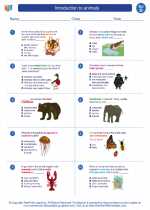 Introduction to animals
Introduction to animals  Worksheet/Answer key
Worksheet/Answer key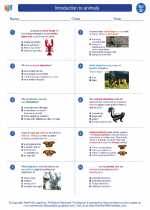 Introduction to animals
Introduction to animals  Worksheet/Answer key
Worksheet/Answer key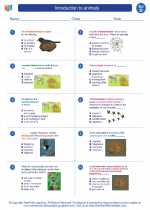 Introduction to animals
Introduction to animals  Vocabulary/Answer key
Vocabulary/Answer key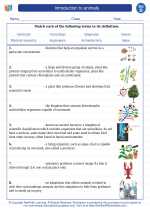 Introduction to animals
Introduction to animals  Vocabulary/Answer key
Vocabulary/Answer key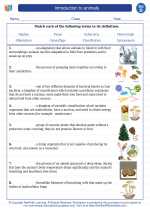 Introduction to animals
Introduction to animals  Vocabulary/Answer key
Vocabulary/Answer key Introduction to animals
Introduction to animals  Vocabulary/Answer key
Vocabulary/Answer key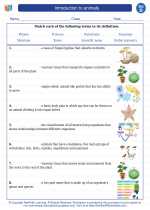 Introduction to animals
Introduction to animals 

 Worksheet/Answer key
Worksheet/Answer key
 Worksheet/Answer key
Worksheet/Answer key
 Worksheet/Answer key
Worksheet/Answer key
 Vocabulary/Answer key
Vocabulary/Answer key
 Vocabulary/Answer key
Vocabulary/Answer key
 Vocabulary/Answer key
Vocabulary/Answer key
 Vocabulary/Answer key
Vocabulary/Answer key

The resources above cover the following skills:
Concepts of Life Science (SC1, SC2, SC3)
The student demonstrates an understanding of how science explains changes in life forms over time, including genetics, heredity, the process of natural selection and biological evolution by showing the relationship between physical characteristics of Alaskan organisms and the environment in which they live.